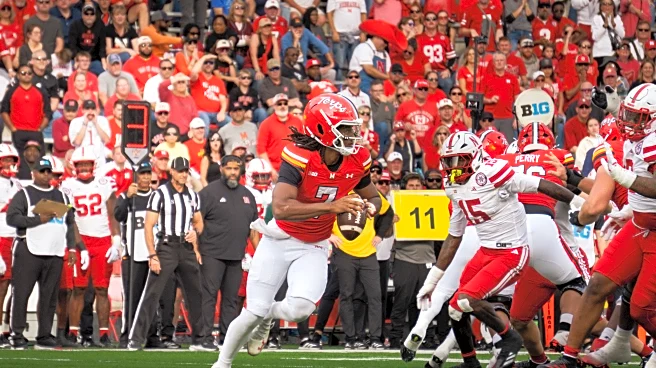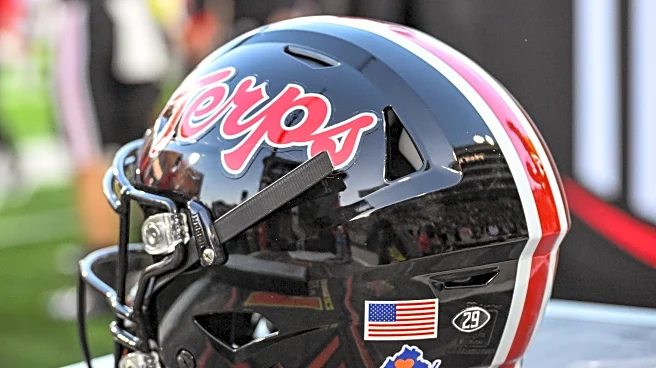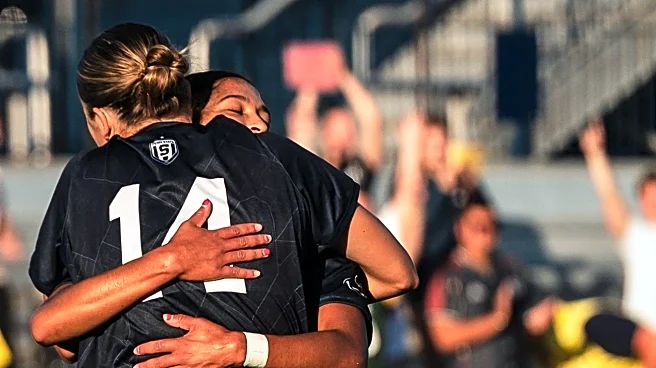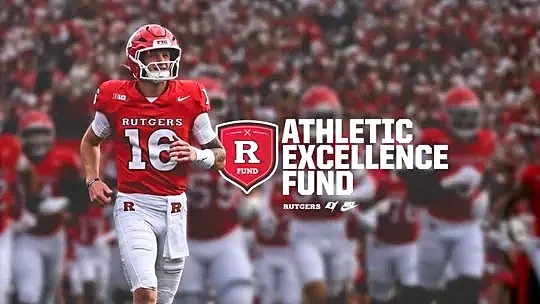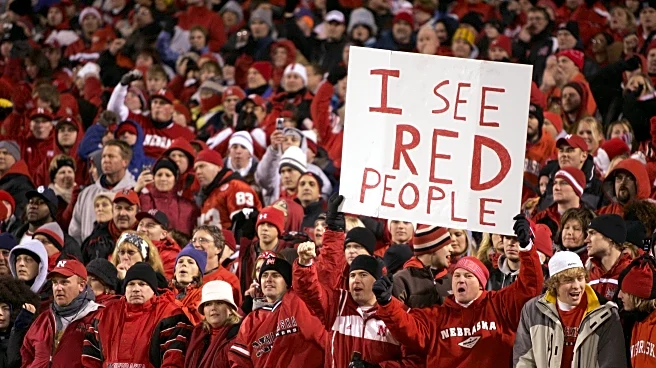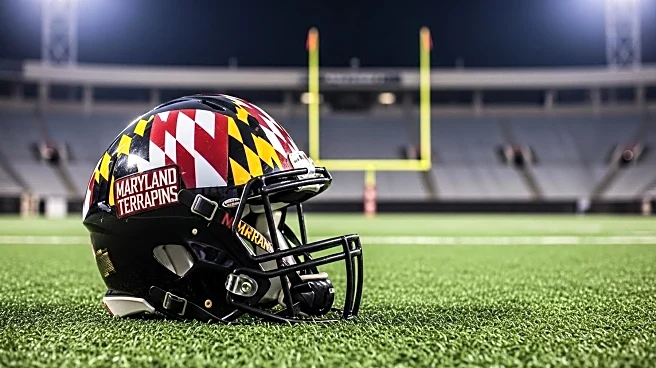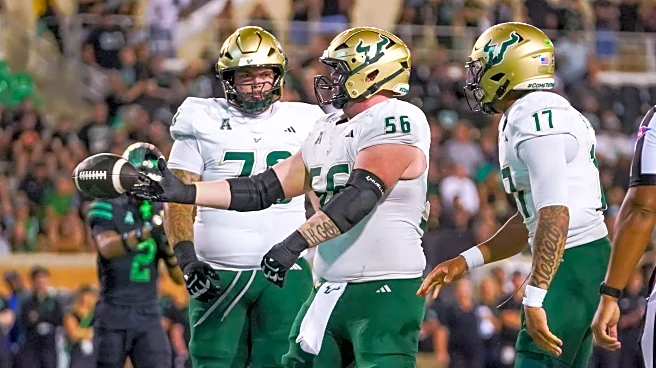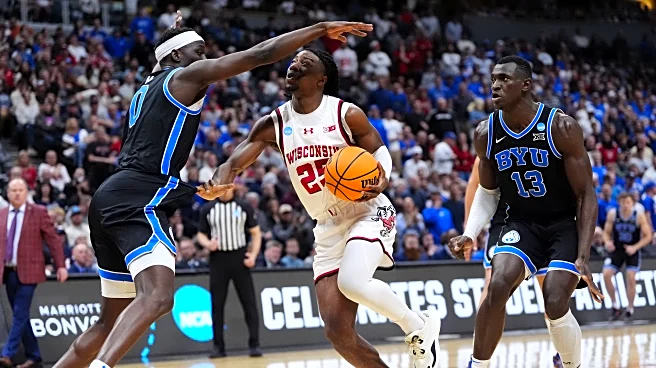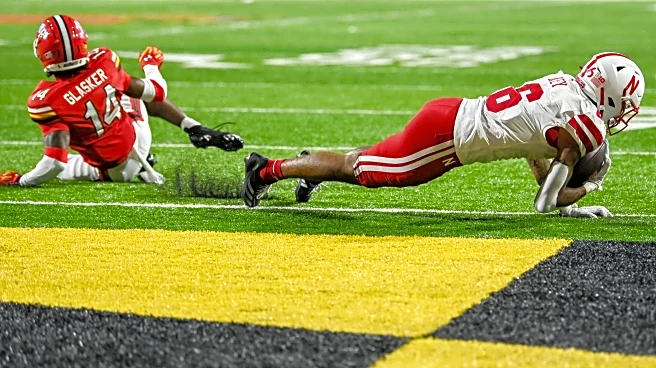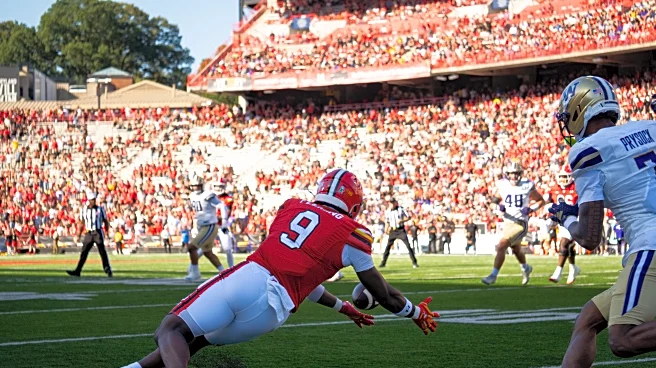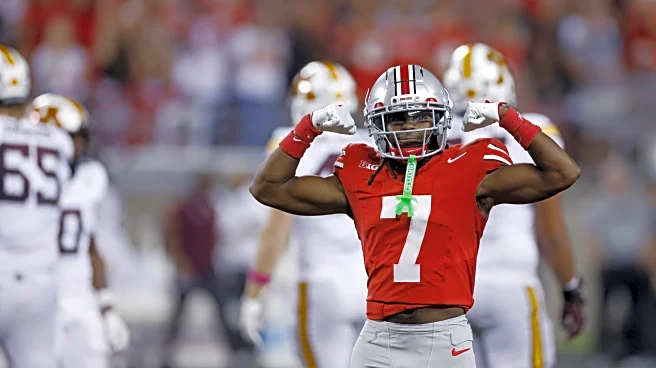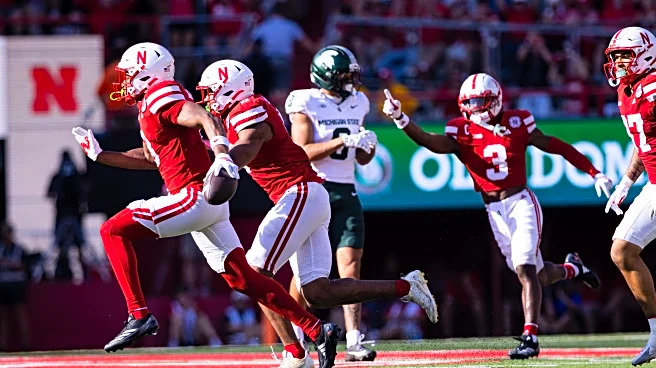With the change of the calendar from September to October, Maryland football has taken several steps back.
The Terps put together consecutive touchdown drives in the second quarter and scored twice in three minutes in the third quarter, with a field goal just before halftime nestled in between. But outside of those spurts, Maryland couldn’t get its offense going. It allowed 10 fourth-quarter points from the Cornhuskers without reply, leaving SECU Stadium with a late loss for the second week in a row.
Here are three takeaways from the game.
Maryland’s run game evolved in real time
After logging just 16 rushing yards through the final three quarters against Washington, it was obvious that Maryland needed to improve on the ground. Against Nebraska, Nolan Ray delivered.
The redshirt sophomore had struggled in 2025, topping 25 yards in a game just once. Maryland’s overall rushing attack had struggled too; entering Saturday, Maryland was the only FBS team without a run of 20 or more yards on the season.
Ray finally ended that streak with a 28-yard run into the endzone, taking the counter and slicing through the second level of Nebraska’s defense. That was the highlight of his 11 carries, which he took for 62 total yards.
It wasn’t just the halfbacks, though. At Maryland’s midweek press conference, quarterback Malik Washington told reporters that he intended to work on the rushing side of his game against Nebraska. It was certainly a work in progress, but Washington found improvement through the game.
On the first play against Nebraska, the freshman kept a read option and looked to break out past the right tackle but was pulled down for a two-yard loss. He scrambled on fourth-and-5 later in that drive, but defenders guided him out of bounds half a yard short.
Then, Washington broke free on a keeper with the first play of the second quarter — only to slide eight yards in, two short of the first down, while still having room to get it.
Eventually, though, Washington found his confidence, bursting off on a designed draw to the 1-yard line and executing a smart scramble.
Locksley has often called the short screens an extension of the run game. Maryland’s first three bubble screens went for seven, zero and four yards — skill position players couldn’t finish blocks and create gaps, forcing the receiver inside. Fortunately, Maryland’s true rushing game worked just enough that they could depart from the repetitive, ineffective screens.
The Terps averaged just 3.4 yards per carry outside of Ray’s blinder, still not a great figure. But as the Terps look for positives to take forward, seeing signs of life from what has been Maryland’s weakest link this season is a small comfort.
Special teams took a step back
It was a curiosity that through five weeks, Maryland had relied on backup kicker/punter Philip Noyes to take its kickoffs. Through that span, the Terps forced just eight touchbacks on 31 attempts — their 25.8% touchback rate was last in the conference by a wide margin (Michigan State’s 43.3% was next).
But the Terps seemed comfortable with Noyes, whose kickoffs had an impressive hang time but rarely made it to the end zone — until Saturday, when Maryland’s field goal and extra point kicker, Sean O’Haire, also assumed the duties.
O’Haire’s first kickoff resulted in a touchback, and his second would have landed in the end zone but was caught and returned 29 yards. The third kickoff was a calamity — it was a line drive that dropped at the 5-yard line, giving returner Kenneth Williams ample time and space to break free. An incredible effort from Ricardo Cooper Jr., who completed the chasedown at the 10-yard line, prevented an untouched touchdown return.
But the special teams gaffes continued. Unsportsmanlike conduct while fielding a fair catch made it harder for Maryland to respond immediately after Nebraska took the lead. Punting away on that drive, an egregious kick catch interference from Gavin Edwards sent the Cornhuskers 15 yards closer. The resulting drive ended in another touchdown.
O’Haire got one more kick just before halftime. It was squibbed up the middle, but Nebraska picked it up and ran 25 yards to midfield, putting itself in position to potentially gut the Terps before the half.
Maryland had fewer issues in the third phase in the second half, but the damage had already been done.
And Maryland’s offensive special teams were nonexistent. The Terps only returned two of seven kickoffs and gained just 35 combined yards. Each of their kick returns was shorter than any of Nebraska’s kick returns.
Even punter Bryce McFerson, one of Maryland’s most consistent players, couldn’t send a kick longer than 49 yards when given the chance. He entered the game averaging 48 yards per punt.
Defense learned from mistakes before committing more mistakes
There were things Maryland improved on from its loss against Washington. Not giving a quarterback major scrambling opportunities was one — although Raiola is far less of a runner. Eliminating the taunting was another. The Terps had to force more turnovers, too.
Against Nebraska, those things went well. Raiola finished with -4 rushing yards on the day. No taunting was called. And Maryland forced three interceptions. Two of those were stellar defensive back play, while the third came from excellent pressure.
But as Maryland plugged old holes in their sinking ship, new ones just kept popping up.
The Terps were called for eight flags, three of which were unsportsmanlike conduct calls. Nahsir Taylor earned one on the kickoff return team while Maryland wasn’t actually returning the kickoff, Eyan Thomas picked up and threw down a Nebraska running back as he was getting up from the dogpile, and Cam Rice shoved a hobbling Raiola down to the ground as he attempted to leave the field following an interception.
Including the kick catch interference, four moments of lost composure on dead balls cost Maryland 56 yards. Throw in blatant pass interference calls on La’khi Roland and Jamare Glasker, and Maryland’s defense hindered its success.
But the most egregious of all was the tackling.
According to Pro Football Focus, Maryland recorded 24 missed tackles Saturday. They were credited with 53 total tackles on the night. That means the Terps actually completed 67% of their total attempted tackles — a failing grade.
It wasn’t something to lay on any individuals, either. Every defensive starter except for Rice was credited with at least one missed tackle — and Rice’s main mistake of the day was arguably the worst Maryland has made all season.
